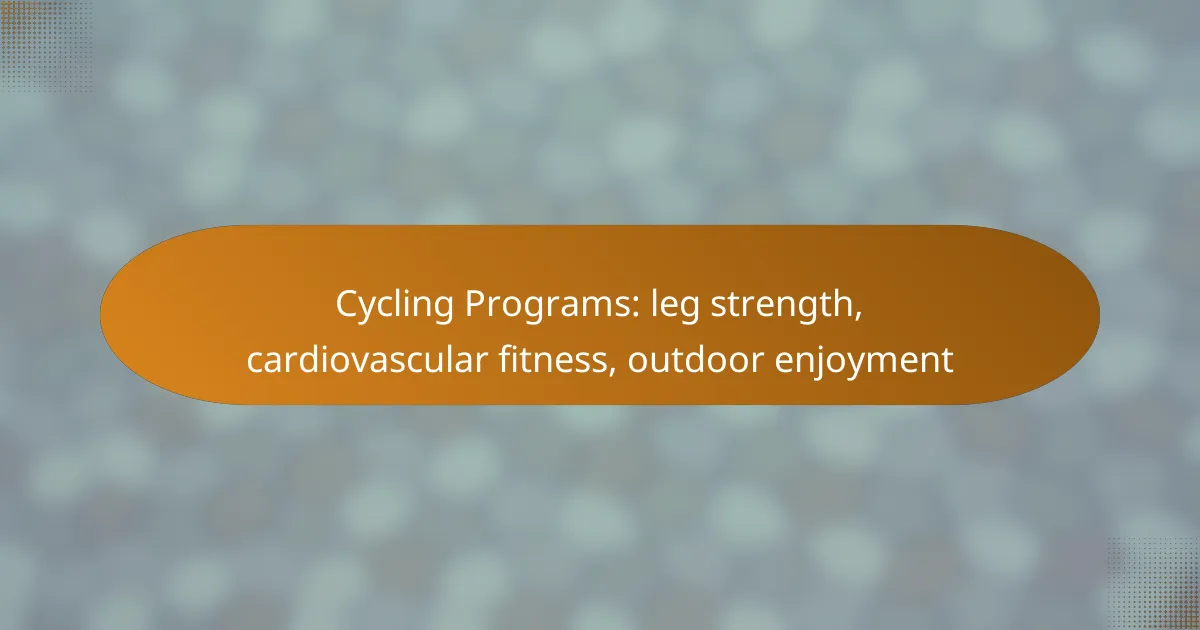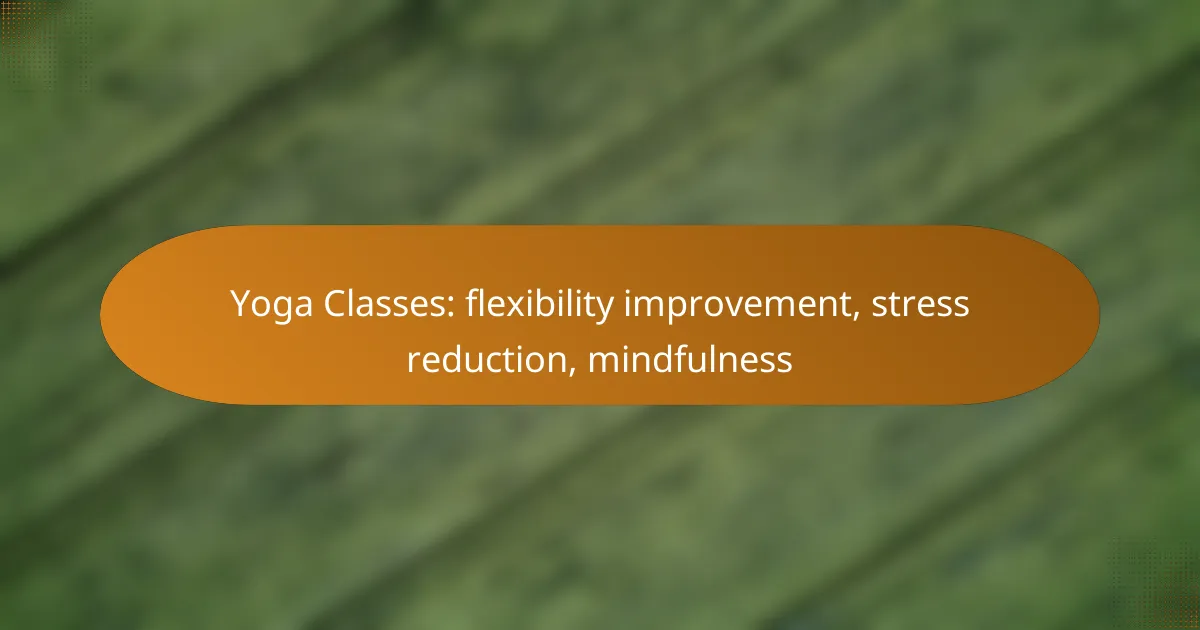Dance fitness styles are an exciting way to combine energetic movement with social interaction, making workouts both enjoyable and engaging. These activities not only enhance physical coordination through dynamic movements but also create a sense of community, allowing participants to connect and collaborate with one another.

What are the best dance fitness styles for fun?
The best dance fitness styles for fun combine energetic movement with social interaction, making workouts enjoyable and engaging. These styles not only improve physical coordination but also foster a sense of community among participants.
Zumba
Zumba is a high-energy dance fitness program that incorporates Latin and international music with dance moves. It typically features a mix of salsa, merengue, cumbia, and reggaeton, creating a lively atmosphere that encourages participants to let loose and have fun.
Classes usually last around an hour and can burn a significant number of calories, making it a popular choice for those looking to combine fitness with enjoyment. The social aspect is strong, as many people attend classes in groups, fostering friendships and a supportive environment.
Hip Hop Dance
Hip Hop Dance is a dynamic style that blends street dance with fitness, often set to upbeat music. This style focuses on rhythm, coordination, and self-expression, making it a fun way to improve physical fitness while enjoying the latest tracks.
Classes can vary in intensity and duration, typically lasting from 45 minutes to an hour. Participants often find themselves immersed in the culture of hip hop, which enhances the social experience and encourages creativity in movement.
Salsa
Salsa is a vibrant dance style that emphasizes partner work and rhythmic footwork. It is not only a great workout but also a social dance that encourages interaction between partners, making it a fun way to meet new people.
Classes often include basic steps and turns, with sessions lasting about an hour. Salsa dancing can be found in many community centers and dance studios, providing opportunities for social gatherings and events that enhance the overall experience.
Jazzercise
Jazzercise combines jazz dance, resistance training, Pilates, yoga, and kickboxing into a fun, energetic workout. This style is designed to improve strength, flexibility, and cardiovascular fitness while keeping the atmosphere lively and enjoyable.
Classes typically last around 60 minutes and cater to various fitness levels, making it accessible for everyone. The social aspect is strong, as participants often form bonds through shared experiences in class, enhancing motivation and enjoyment.
Ballet Fitness
Ballet Fitness incorporates ballet techniques into a workout, focusing on posture, flexibility, and core strength. This style offers a graceful approach to fitness, making it appealing for those who appreciate the art of dance.
Classes usually last about an hour and can be found in many fitness studios. While it may be less intense than other dance styles, the focus on technique and form can be rewarding, and the supportive environment often leads to camaraderie among participants.
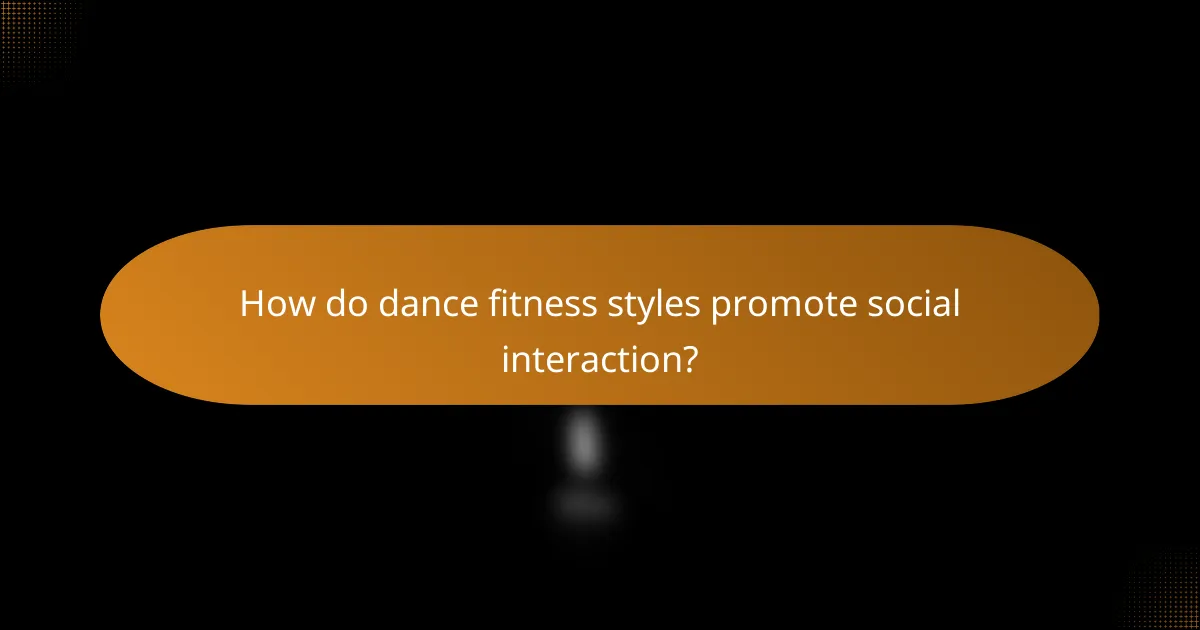
How do dance fitness styles promote social interaction?
Dance fitness styles foster social interaction by creating opportunities for participants to connect with others through shared activities. Engaging in dance classes or events encourages communication, teamwork, and a sense of community among participants.
Group Classes
Group classes are a primary way dance fitness styles enhance social interaction. Participants often work together in a supportive environment, which helps build friendships and networks. Classes can vary in size, typically ranging from a handful to several dozen attendees, allowing for diverse social dynamics.
Instructors often encourage interaction through partner work or group routines, which can help break the ice and create a welcoming atmosphere. Choosing classes that emphasize collaboration can enhance the social experience.
Dance Competitions
Dance competitions provide a platform for social interaction by bringing together dancers from various backgrounds. Participants not only showcase their skills but also engage with fellow competitors, judges, and audiences, fostering a sense of camaraderie.
These events often include team categories, which require collaboration and communication among dancers. Competing as a group can strengthen bonds and create lasting friendships, making the experience both competitive and social.
Community Events
Community events centered around dance fitness styles offer a unique opportunity for social interaction. These gatherings, such as local dance festivals or charity events, often attract a diverse crowd and encourage participation from all skill levels.
Attending community events allows individuals to meet others who share similar interests, participate in workshops, and enjoy performances. Engaging in these activities can help build a sense of belonging and strengthen local dance communities.
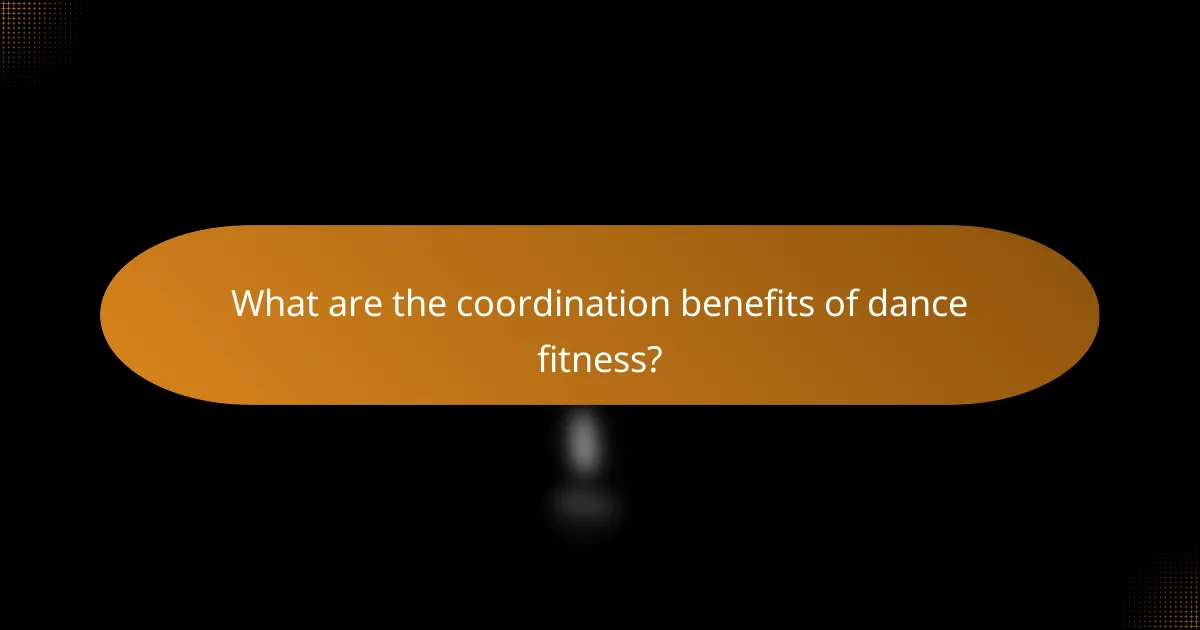
What are the coordination benefits of dance fitness?
Dance fitness significantly enhances coordination by integrating various movements that require precise timing and body control. Participants often experience improved motor skills, rhythm, and body awareness, all of which contribute to better overall coordination.
Improved Motor Skills
Engaging in dance fitness routines helps develop fine and gross motor skills through repetitive movements and varied choreography. This practice encourages muscle memory, allowing individuals to perform complex sequences more fluidly over time.
For example, styles like Zumba or hip-hop require quick footwork and hand movements, which can enhance coordination and agility. Regular participation can lead to noticeable improvements in how well one executes everyday tasks that require motor skills.
Enhanced Rhythm
Dance fitness is inherently rhythmic, as it often involves moving to music with a consistent beat. This exposure helps individuals develop a stronger sense of timing, which is crucial for coordination in both dance and other physical activities.
Practicing different dance styles can improve one’s ability to anticipate and synchronize movements with music, leading to better overall timing. This skill translates into various sports and activities, making it easier to engage in team sports or group fitness classes.
Body Awareness
Body awareness is the understanding of how different body parts move in relation to each other and the environment. Dance fitness promotes this awareness through dynamic movements that require participants to focus on their posture, balance, and spatial orientation.
As individuals become more attuned to their bodies, they can make adjustments to their movements, improving overall coordination. This heightened awareness can also help prevent injuries by promoting safer movement patterns during physical activities.
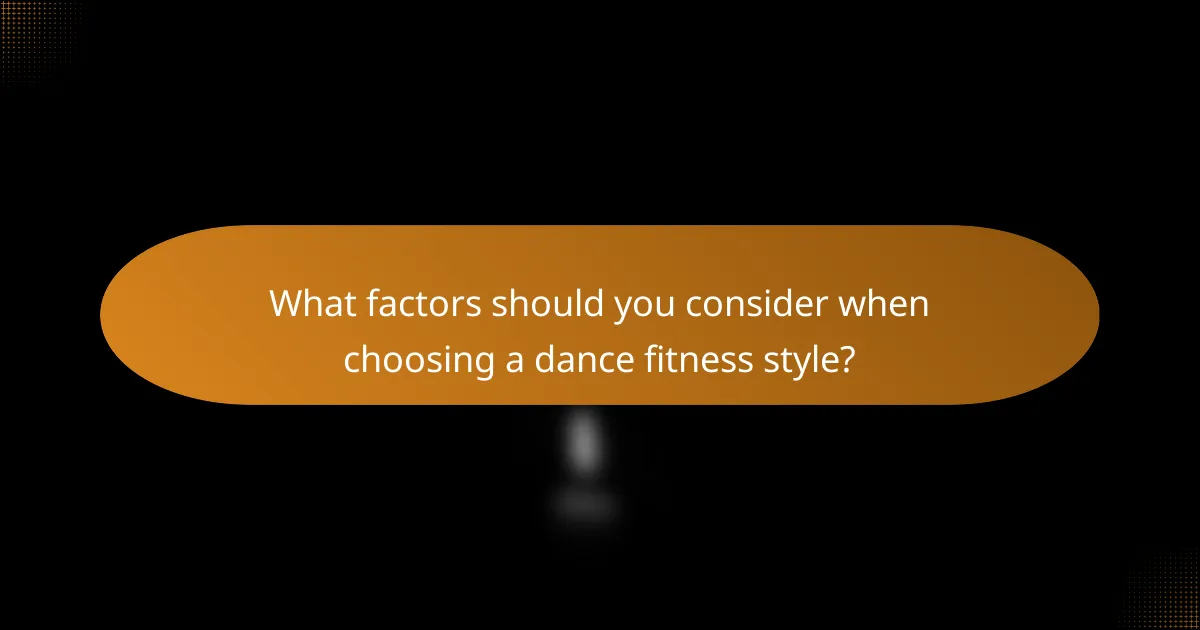
What factors should you consider when choosing a dance fitness style?
When selecting a dance fitness style, consider your personal goals, current fitness level, and the availability of classes in your area. These factors will help you find a style that is enjoyable, effective, and accessible.
Personal Goals
Your personal goals play a crucial role in choosing a dance fitness style. Whether you aim to lose weight, improve coordination, or simply have fun, different styles cater to various objectives. For example, Zumba is great for weight loss and cardiovascular fitness, while ballet-inspired classes may focus more on flexibility and strength.
Identify what you want to achieve from your dance fitness journey. Setting clear goals will help you stay motivated and choose a style that aligns with your aspirations.
Fitness Level
Assessing your fitness level is essential when selecting a dance fitness style. Beginners may prefer low-impact classes like dance aerobics, while those with more experience might enjoy high-energy styles such as hip-hop or salsa. Understanding your current capabilities will help you avoid frustration and injury.
Consider starting with beginner classes to build your skills and confidence. As you progress, you can gradually move to more challenging sessions that match your growing fitness level.
Class Availability
Class availability can significantly influence your choice of dance fitness style. Check local gyms, community centers, and studios for the types of classes offered. Popular styles like Zumba or hip-hop may have more frequent sessions compared to niche options.
Look for classes that fit your schedule and are conveniently located. This will increase your chances of attending regularly, which is key to achieving your fitness goals. Consider joining online classes if in-person options are limited in your area.

How can you find dance fitness classes in your area?
To find dance fitness classes nearby, start by checking local resources like gyms, community centers, and online directories. These platforms often provide schedules, class descriptions, and instructor information to help you choose the right fit.
Local Gyms
Many local gyms offer dance fitness classes as part of their group exercise programs. These classes can range from Zumba to hip-hop dance, catering to various skill levels and preferences. Membership fees typically apply, but some gyms may offer trial classes or drop-in rates.
When selecting a gym, consider its location, class schedule, and the types of dance fitness styles available. Visiting the gym beforehand can help you assess the environment and meet instructors.
Community Centers
Community centers often provide affordable dance fitness classes, making them accessible to a wider audience. These classes may be led by local instructors and can include styles like salsa, ballroom, or line dancing.
Check your community center’s website or bulletin board for class schedules and registration details. Fees are usually lower than those at commercial gyms, and many centers offer discounts for residents or families.
Online Class Directories
Online class directories are a convenient way to discover dance fitness classes in your area. Websites like ClassPass or Mindbody allow you to search by location and filter results based on class type, schedule, and price.
When using these platforms, read reviews and check ratings to ensure the quality of the classes. Many directories also offer promotional deals for first-time users, making it easier to try out different classes without a significant financial commitment.

What are the emerging trends in dance fitness?
Emerging trends in dance fitness focus on enhancing enjoyment, fostering social connections, and improving coordination. These trends emphasize diverse styles and community engagement, making workouts more appealing and effective.
Fun factor
The fun factor in dance fitness is crucial for maintaining motivation and participation. Classes that incorporate popular music, engaging choreography, and creative themes tend to attract more participants. For example, Zumba and hip-hop dance classes often feature upbeat tracks that encourage movement and enjoyment.
To maximize fun, instructors can vary routines and introduce new styles regularly. This keeps participants excited and eager to return, ensuring they stay committed to their fitness goals.
Social interaction
Social interaction is a significant aspect of dance fitness, as it fosters a sense of community among participants. Group classes encourage camaraderie and support, making workouts feel less like a chore and more like a social event. Many people find that the shared experience of dancing together enhances their enjoyment and commitment.
To enhance social interaction, consider joining local dance fitness groups or classes that host events, such as themed nights or competitions. These opportunities allow participants to connect and build friendships while pursuing their fitness objectives.
Coordination
Coordination is a key benefit of dance fitness, as it involves rhythmic movements that improve balance and body awareness. Engaging in dance routines challenges the body to synchronize movements, which can lead to better overall coordination over time. Styles like salsa and jazzercise are particularly effective in developing these skills.
To improve coordination through dance fitness, focus on classes that emphasize technique and rhythm. Practicing regularly, even at home, can help solidify these skills, making participants feel more confident and capable in their movements.

